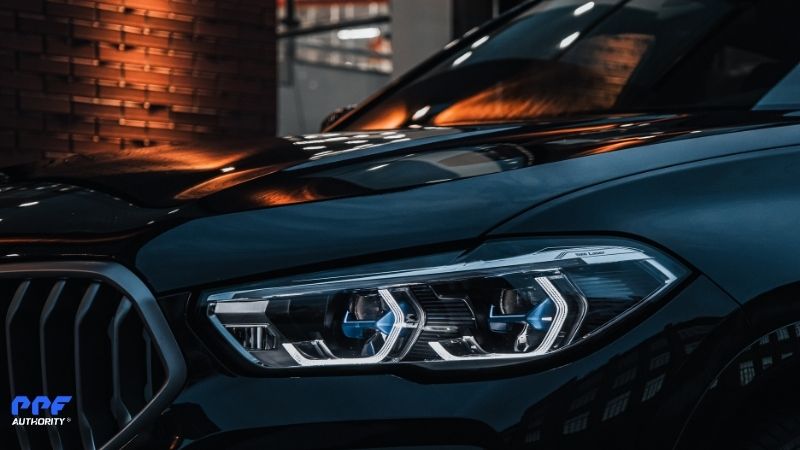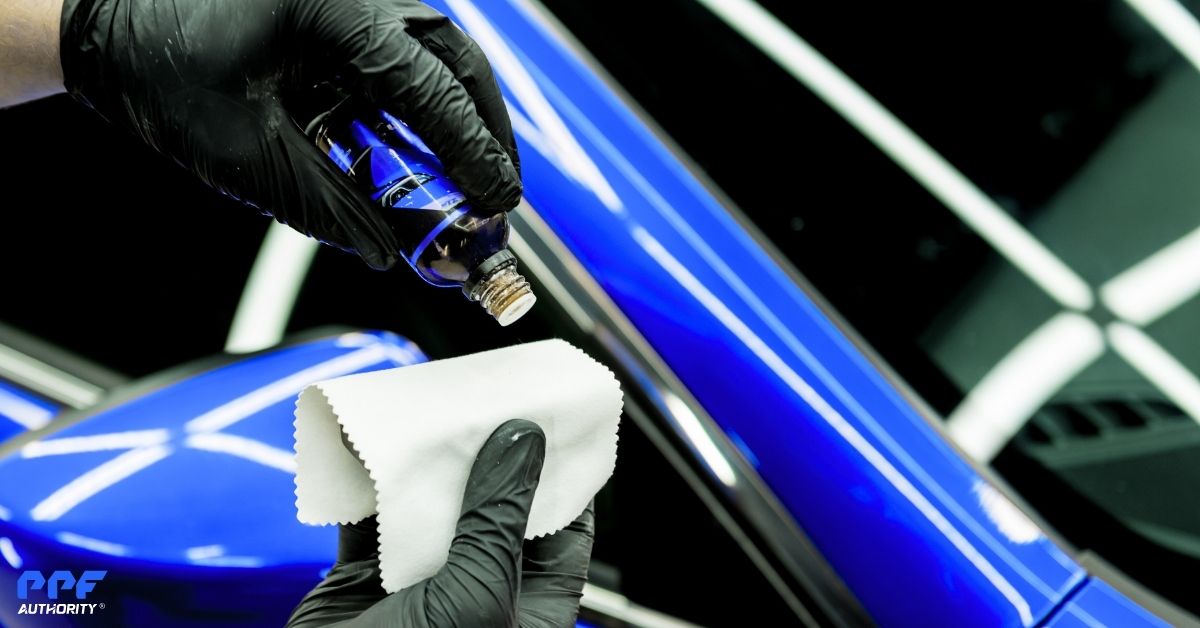Introduction
What Is Paint Correction?
Paint correction is the process of removing imperfections from a car’s paint surface to restore its original clarity and gloss. These imperfections can include:
- Swirl marks
- Light scratches
- Oxidation
- Water spots
- Etching from bird droppings or tree sap
This process typically involves using a combination of machine polishing and abrasive compounds to level the paint and remove damaged layers.
Benefits & Features
Why Is Paint Correction Important Before PPF or Ceramic Coatings?
1. PPF and Ceramic Coatings Amplify Flaws
Both PPF (Paint Protection Film) and ceramic coatings create a protective layer over the existing paint. If imperfections like swirl marks or scratches are left untreated, they will remain visible beneath the film or coating. In some cases, these flaws may even be magnified, detracting from the vehicle’s overall appearance.
2. Ensures a Smooth Surface for Adhesion
For PPF or ceramic coatings to adhere effectively, the paint surface must be smooth and contaminant-free. Paint correction eliminates bumps, scratches, and rough spots, creating the ideal surface for these protective products.
3. Enhances Final Appearance
Paint correction brings out the true depth and gloss of your car’s paint. By addressing imperfections beforehand, you ensure that the PPF or ceramic coating enhances the car’s finish, resulting in a sleek, polished look.
4. Maximizes Longevity of Protective Layers
Imperfections in the paint can create weak points that reduce the effectiveness of PPF or ceramic coatings. Correcting these issues ensures proper adhesion, making the protective layers last longer.
5. Increases Value for High-End Cars
For luxury or exotic vehicles, maintaining a flawless paint finish is critical for preserving their value. Paint correction ensures that every protective layer is applied to a pristine surface, keeping the car in showroom condition.
Installation & Maintenance
How Paint Correction Works
Paint correction typically involves the following steps:
1. Inspection
- Use proper lighting to identify imperfections.
- Assess the depth and severity of scratches, swirl marks, and other damage.
2. Washing and Decontamination
- Thoroughly wash the car to remove dirt and debris.
- Use a clay bar to remove embedded contaminants from the surface.
3. Compounding
- Apply a cutting compound with a machine polisher to remove deeper scratches and imperfections.
- Use a cutting pad to level the surface.
4. Polishing
- Follow up with a finer polish to refine the surface and restore gloss.
- Switch to a softer pad for this step.
5. Final Wipe-Down
- Clean the surface with an isopropyl alcohol (IPA) solution to remove any oils or residues.
How Paint Correction Enhances PPF Application
1. Flawless Base Layer
PPF is a transparent film that adheres directly to your car’s paint. Any imperfections left untreated will remain visible under the film. Paint correction ensures that the surface is smooth and flawless, resulting in a seamless finish.
2. Prevents Air Bubbles and Lifting
Rough or uneven paint can interfere with the PPF’s adhesion, leading to air bubbles, peeling, or lifting at the edges. Paint correction eliminates these issues, allowing for a flawless installation.
How Paint Correction Enhances Ceramic Coatings
1. Maximizes Gloss and Shine
Ceramic coatings are designed to enhance your car’s gloss. Paint correction ensures that no imperfections dull the finish, allowing the ceramic coating to amplify the depth and clarity of the paint.
2. Improves Bonding
Ceramic coatings bond chemically with your car’s paint. Imperfections like scratches or oxidation can weaken this bond, reducing the coating’s effectiveness and lifespan.
Tips for Maintaining Your Paint After Correction
1.Wash your car using the two-bucket method and a pH-neutral car shampoo.
2.Use microfiber towels to avoid scratching the paint.
3.Apply a spray sealant or ceramic booster for added protection.
4.Avoid automatic car washes, which can cause swirl marks.
Comparisons & FAQs
When Is Paint Correction Necessary?
You should consider paint correction if:
- Your car has visible scratches, swirl marks, or oxidation.
- You’re applying PPF to a luxury or exotic car.
- You want to ensure maximum gloss and protection from a ceramic coating.
DIY vs. Professional Paint Correction
DIY Paint Correction
Pros:
- Lower cost.
- Suitable for minor imperfections.
Cons:
- Requires proper tools and knowledge.
- Risk of damaging the paint if done incorrectly.
Professional Paint Correction
Pros:
- Expertise ensures flawless results.
- Advanced tools and techniques for all levels of correction.
Cons:
- Higher cost.
The Cost of Paint Correction
The cost of paint correction varies depending on the severity of imperfections and the level of correction needed:
- Minor Paint Correction: $200-$400
- Moderate Paint Correction: $500-$800
- Full Paint Correction: $1,000+
While this may seem like a significant investment, it’s worth it to ensure the success of PPF or ceramic coating.
Conclusion
Paint correction is a vital step in preparing your car for PPF or ceramic coatings. By removing imperfections and restoring the paint’s clarity, you ensure that these protective layers perform at their best and look flawless.
Whether you’re protecting a daily driver or a high-end luxury vehicle, investing in paint correction guarantees a stunning finish and long-lasting results. For the best outcome, consider having a professional detailer handle the paint correction process before applying PPF or ceramic coatings.
A smooth, polished car is the perfect canvas for advanced protection, ensuring your vehicle stays in pristine condition for years to come.

